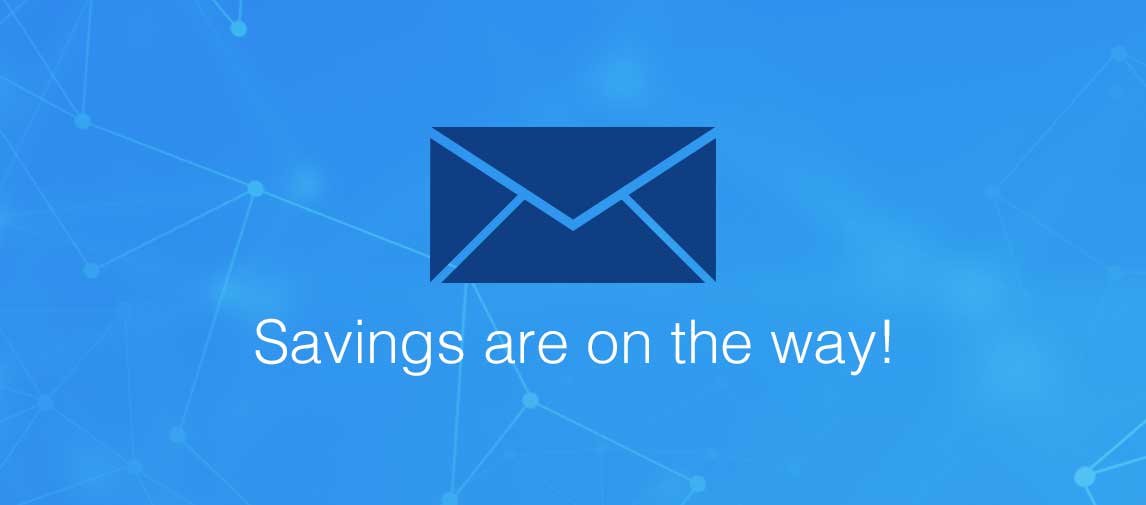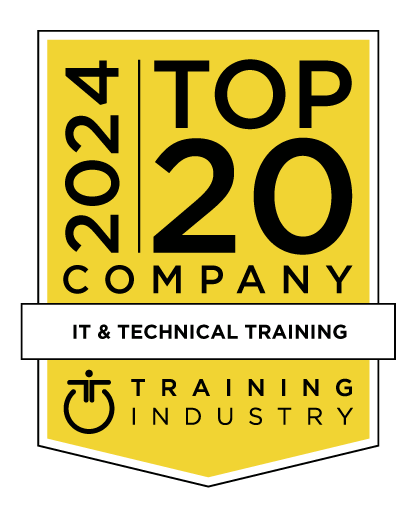title
Please take a moment to fill out this form. We will get back to you as soon as possible.
All fields marked with an asterisk (*) are mandatory.
Enterprise Linux High Availability Clustering
Course Description
Overview
This Enterprise Linux High Availability Clustering course is designed to provide students with advanced knowledge of the Enterprise Linux System. Is an in-depth course that focuses on two key areas, Linux high availability (HA) clustering and HA storage administration.Red Hat Enterprise Linux 7
Objectives
Prerequisites
- This Enterprise Linux High Availability Clustering course requires an advanced knowledge of Linux system administration. These skills are taught in the OSUN-225 “Enterprise Linux Systems Administration' and OSUN-120 “Linux Fundamentals'.
Topics
- Clustering Introduction
- Cluster Building Blocks
- Shared Storage
- Hardware and Software Requirements
- Network Considerations
- Split Brain Prevention with Fencing
- HA Components
- Clustered Resources
- Configuration Tools
- Red Hat Cluster Stack Roadmap
- Running Commands on Multiple Systems
- Lab Tasks
- Running Commands on Multiple Hosts
- Prepare System for Clustering
- Static Network Configuration
- Vocabulary
- Network Topology
- Ethernet Bonding
- Communication Methods
- IPv6 Considerations
- Cluster Node Preparation
- Enable and Configure pcsd
- PCS & PCSD
- Cluster Quorum
- Advanced Quorum Techniques
- Corosync
- Corosync - Redundant Ring Protocol (RRP)
- Corosync Security
- Joining and Leaving the Cluster
- Quorum Administration
- Upgrading
- Lab Tasks
- Install Cluster Components
- Setup a Two Node Cluster
- Setup a Three Node Cluster with PCS
- Totem RRP
- PCS GUI
- Fencing Introduction
- Node Level Fencing
- Node Fencing: External
- Node Fencing: Internal
- Node Fencing: Pseudo
- Resource Level Fencing
- Fencing Architecture
- STONITH Subsystem
- Fencing Agents
- Fencing Agents listing
- STONITH Resources
- Working With stonith_admin
- Manual Fencing
- Best Practices
- Lab Tasks
- Suicide Fencing with Storage Based Death
- Fencing with fence_scsi
- Cluster Architecture Revisited
- Pacemaker Architecture
- Pacemaker Cluster Information Base (CIB)
- Resource Management Overview
- Component Relationships
- Resource Agents
- Types of Resources
- Resource Naming Conventions
- Resource Specific Parameters/Options
- Resource Meta Parameters/Options
- Resource Agent Operations
- Discover Resource Agents
- Available Resource Agents
- Resource Spotlight: IPAddr2
- Add a Primative Resource
- Resource Group Management
- Resource Group Example
- Resource Actions: Monitoring
- Resource Administration
- PCS vs. CRM_*
- Lab Tasks
- Simple Management with PCS-GUI
- Using Resource Groups
- Resource Placement Basics
- Resource Ordering
- Location Constraints
- Relocating Resources
- Relocation on Failure
- Resource Standard: Clones & Multi-State
- Resource Operations
- Troubleshooting
- Cluster Maintenance
- Lab Tasks
- Setup a Web Farm
- Using Constraints
- Cluster Monitoring
- Remote Storage Overview
- Remote Filesystem Protocols
- Remote Block Device Protocols
- Distributed Lock Manager
- Block Devices and The Device Mapper
- Managing Loopback Devices
- DLM_CONTROLD & DLM_TOOL
- Lab Tasks
- Manipulating Block Devices
- ISCSI Architecture
- ISCSI Target Implementations
- ISCSI Target Node Preparation & targetcli
- ISCSI Target Administration
- ISCSI Target Defining Storage Objects
- ISCSI Target LUN Administration
- ISCSI Target Network Portal Configuration
- ISCSI Target Security
- ISCSI Target Examples
- OPEN-ISCSI Initiator Implementation
- ISCSI Initiator Discovery
- ISCSI Initiator Node Administration
- Mounting ISCSI Targets at Boot
- ISCSI Multipathing Considerations
- Lab Tasks
- iSCSI Initiator Configuration
- Managing Linux Device Files
- Kernel Hardware Info €“ /SYS/
- /SYS/ Structure
- UDEV
- I/O Elevators
- Lab Tasks
- Creating Custom UDEV Rules
- SAN Multipathing
- Multipath Configuration
- Multipathing Best Practices
- Lab Tasks
- Multipath Configuration
- Logical Volume Management
- Implementing LVM
- Creating Logical Volumes
- Activating LVM VGs
- Exporting and Importing a VG
- Examining LVM Components
- Changing LVM Components
- Advanced LVM Overview
- Advanced LVM: Components & Object Tags
- Advanced LVM: Automated Storage Tiering
- Advanced LVM: Thin Provisioning
- Advanced LVM: Striping & Mirroring
- Advanced LVM: RAID Volumes
- cLVM
- Lab Tasks
- Creating and Managing LVM Volumes
- cLVM
- GFS2 Overview
- GFS2 Capabilities
- GFS2 Theory of Operation
- GFS2 Configuration Prerequisites
- Setting Up Cluster LVM
- GFS2 Filesystem Creation & Mounting
- GFS2 Filesystem Management
- GFS2 Fencing Requirement
- Lab Tasks
- GFS2
Related Courses
-
Power Systems for AIX I: LPAR Configuration and Planning
AN11G- Duration: 24 Hours
- Delivery Format: Classroom Training, Online Training
- Price: 2,685.00 USD
-
Mastering IBM AIX: Implementation and Administration
AN12G- Duration: 40 Hours
- Delivery Format: Classroom Training, Online Training
- Price: 4,475.00 USD
Self-Paced Training Info
Learn at your own pace with anytime, anywhere training
- Same in-demand topics as instructor-led public and private classes.
- Standalone learning or supplemental reinforcement.
- e-Learning content varies by course and technology.
- View the Self-Paced version of this outline and what is included in the SPVC course.
- Learn more about e-Learning
Course Added To Shopping Cart
bla
bla
bla
bla
bla
bla
Self-Paced Training Terms & Conditions
Exam Terms & Conditions
Sorry, there are no classes that meet your criteria.
Please contact us to schedule a class.

STOP! Before You Leave
Save 0% on this course!
Take advantage of our online-only offer & save 0% on any course !
Promo Code skip0 will be applied to your registration
Purchase Information
title
Please take a moment to fill out this form. We will get back to you as soon as possible.
All fields marked with an asterisk (*) are mandatory.










